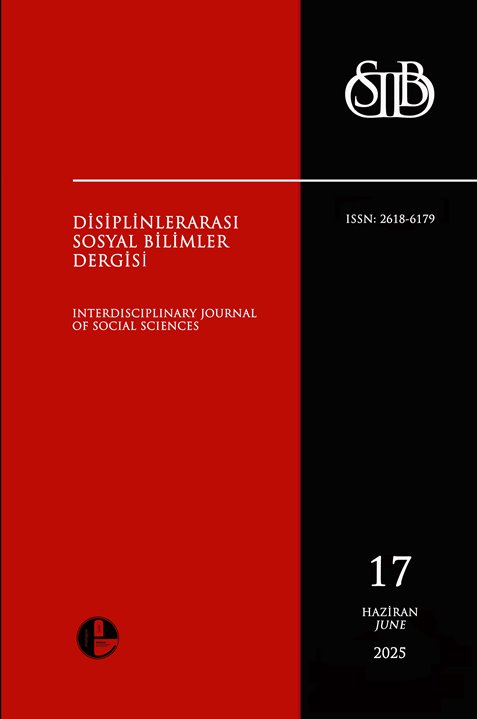Controversial Aspects of the Concept of Preposition in Arabic Grammar
DOI:
https://doi.org/10.5281/zenodo.15683706Keywords:
Arabic language, particle (ʾadāt), syntax (naḥw), ḥurūf al-maʿānī, Basran school, Kufan school, grammatical theory, semantic disputeAbstract
This study examines the concept of ʾadāt (particles) in Arabic grammar, focusing on the historical and theoretical dimensions of ongoing debates concerning their definition, structure, function, and meaning. The views of classical Arabic grammarians—particularly from the Basran and Kufan schools—are analyzed through a comparative lens. The research employs a descriptive and analytical methodology, drawing on selected examples from classical grammar texts to trace the evolution of the concept of ʾadāt across different periods. It is demonstrated that the term has expanded beyond “ḥurūf al-maʿānī” (particles of meaning) to encompass a broader grammatical category that includes nouns, verbs, and adverbs. Within this framework, the structural variety, grammatical roles, and semantic ambiguities of ʾadāt are explored in detail, along with their place in the formation of grammatical terminology. The study concludes that the concept of ʾadāt has undergone a significant conceptual transformation and contributed to the development of theoretical grammar in the Arabic linguistic tradition.
Downloads
Published
Issue
Section
License
Copyright (c) 2025 Güler Koca (Yazar)

This work is licensed under a Creative Commons Attribution-NonCommercial 4.0 International License.




